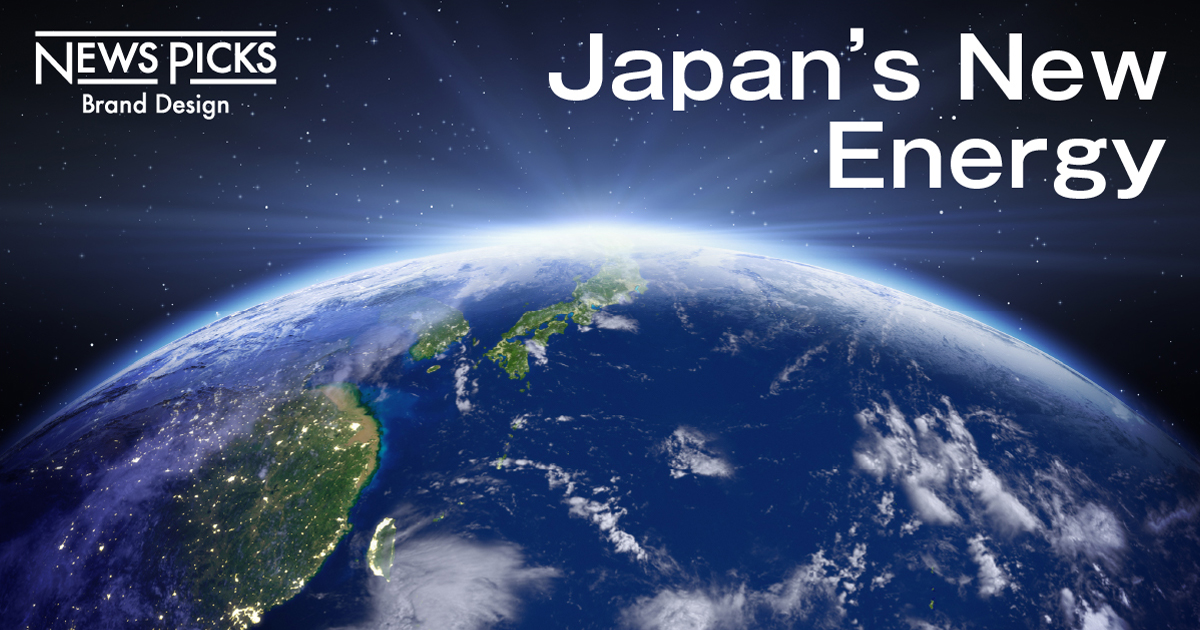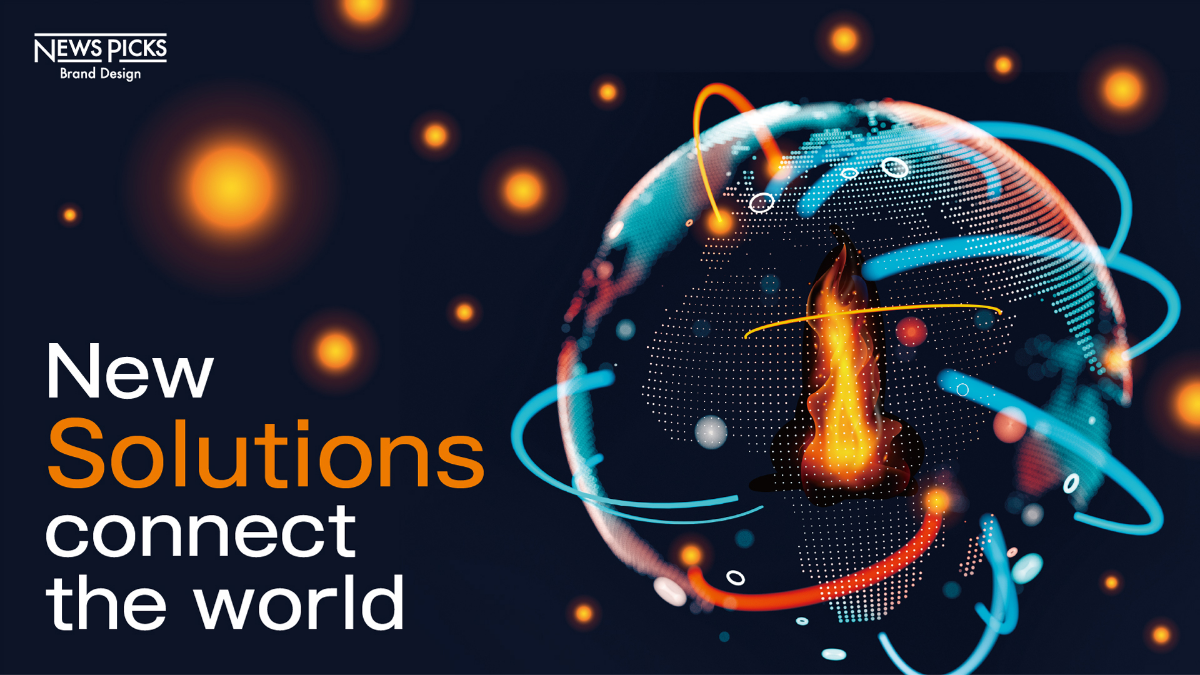
Challenging Green Country Skepticism: The Reality of Ammonia as a Fuel Source
24 November 2023
A variety of solutions to combat global climate change are being pursued around the world. JERA, Japan's largest thermal power generation company, has committed to a target of achieving net-zero CO2 emissions by 2050. A key component of its strategy for achieving this ambitious goal is transitioning coal-fired power plants to the use of ammonia as a fuel source. Ammonia, because it contains no carbon, produces no CO2 emissions when burned.
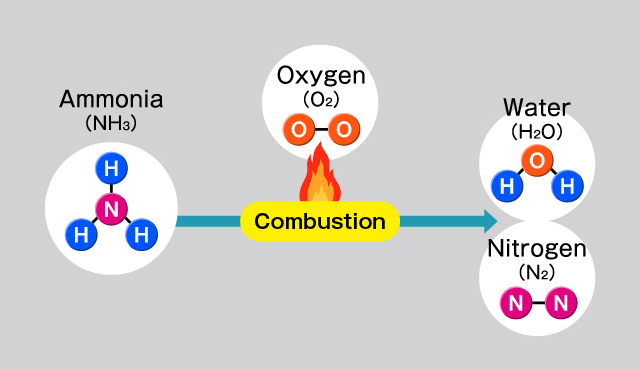
Widespread adoption of ammonia as a fuel for power generation holds the promise of significantly advancing decarbonization of the electricity sector, which is known for its high CO2 emissions.
This innovative solution, however, has been met with different levels of enthusiasm in Japan and overseas. At international conferences like the G7 Summit and the Conference of the Parties to the United Nations Framework Convention on Climate Change [COP], some have gone so far as to call it “a lifeline for coal” or to label it as “greenwashing.”
Here, we sit down with Hisahide Okuda—JERA’s president, director, CEO, and COO—to discuss the company’s reaction to such voices and whether ammonia can truly contribute to achieving net-zero CO2 emissions by 2050.
INDEX
What COP Alone Cannot Explain About the Global Energy Situation
―――As COP28 convenes in Dubai, UAE, views on climate change measures seem divided between developed and developing nations, as well as among different countries and regions. How do you see this situation?
Okuda: Ideally, the world’s common objective would be to create conditions in which everyone has access to sufficient clean energy at an affordable price. The prevailing view that decarbonization efforts will move forward if emerging nations adopt policies and solutions that were developed primarily by G7 countries, however, has led to friction.
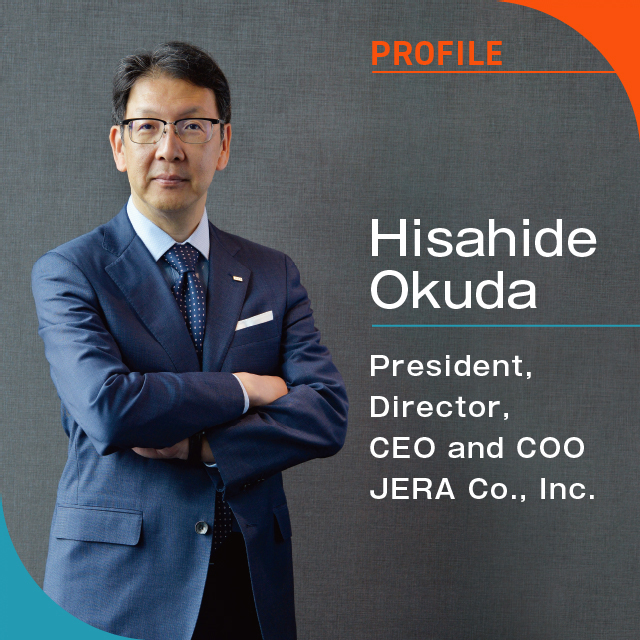
As an environmental leader, Europe advocates for renewable energy as the way to achieve decarbonization, but output from renewables fluctuates significantly with weather conditions such as hours of sunlight and wind volume. To ensure stability of the power supply, it's essential to match power generation and consumption perfectly at all times. This necessitates the integration of other methods such as thermal power and battery storage to balance supply and demand.
Continents like Europe and North America have locations ideally suited for renewables like solar and wind power, and being physically connected to other countries enables the mutual exchange of gas and electricity through pipelines and power lines.
Geographical conditions and the state of existing infrastructure, however, vary greatly from country to country and region to region. In this context, to combine the best options suited to each country’s specific situation is a crucial and realistic approach to advancing decarbonization while also maintaining the stable supply of electricity that sustains people’s lives and industries.
―――So, you're saying that the optimal solution may not be the same for each country?
We should prepare as many clean energy options as we can for the uncertain future ahead. That's our approach.
In Japan, for example, most viable locations for solar power installations have already been developed. Considering factors like sunlight levels and the cost of land, it will be difficult to multiply current solar power output several times going forward.
Given the pressing need to decarbonize, though, doing so requires pursuing new advancements in battery storage and solar power technologies. We also see value in participating in the development and operation of offshore wind power projects abroad, accumulating expertise that can then be applied to projects here in Japan. We believe it’s essential to explore a range of options, including transforming the fuel used in thermal power generation—which accounts for about 80% of Japan’s energy mix—to zero-emission sources like ammonia and hydrogen.
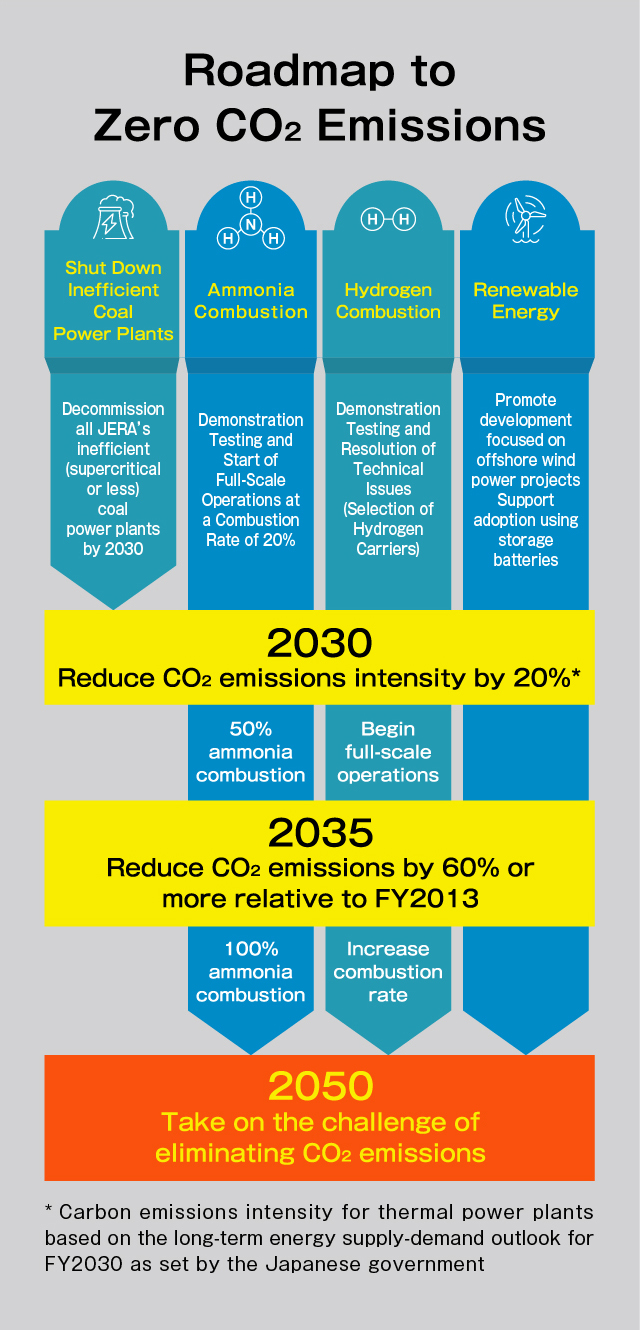
Responding to Global Skepticism
―――JERA is leading the way in using ammonia as a fuel source. What has the international reaction been like?
In October 2020, we announced our goal to achieve net-zero CO2 emissions by 2050 through zero-emissions thermal power generation using hydrogen and ammonia alongside renewable energy. I imagine most people outside of Japan at the time were left scratching their heads, wondering, “Why ammonia?”
―――Why do you think there has been a lack of understanding?
In Europe, where there is an established practice of transporting hydrogen, often produced using renewables, directly through pipelines in its gaseous form, there's a strong perception that clean fuel means hydrogen. It might have been easier for people to understand if we had said we would generate power using hydrogen-based fuels.
In Japan, there just isn’t enough renewable energy available to produce large volumes of hydrogen domestically from renewable sources. This led us to explore various methods such as transporting hydrogen manufactured overseas by ship in liquid form or converting it to ammonia, which is more cost-effective in terms of transportation and storage. Since Europe didn’t need to consider transportation and storage costs, the idea of ammonia never came up in the context of decarbonization, which I think is why it didn’t resonate.
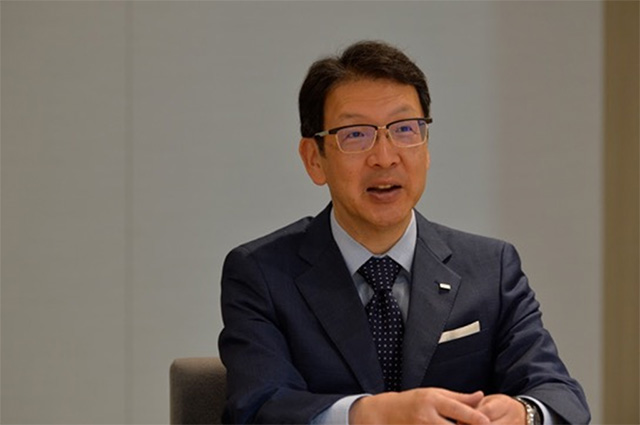
The past three years, however, have brought significant events in Europe such as a shortage in offshore wind power generation due to the absence of westerly winds and major disruptions in the energy market due to Russia’s invasion of Ukraine. These events have underscored the importance of securing stable energy resources in addition to pursuing decarbonization. In this context, many countries are now beginning to recognize the significance of ammonia as an energy source.
Germany, for example, is advancing government projects aimed at realizing a hydrogen society. Since the country’s own hydrogen production is insufficient, though, they are exploring the use of ammonia because of its advantages in terms of transportation and storage costs.
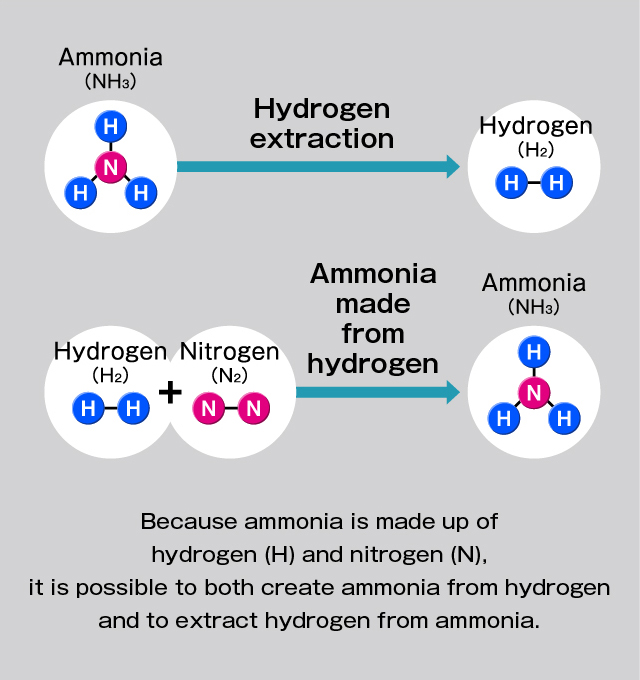
Expectations are also rising among countries throughout Asia. This is particularly true in Southeast Asia, where the economic growth of recent years means there are numerous coal-fired power plants that have only recently gone online, an abundance of islands means few locations suitable for renewable energy installations, and power grids are unconnected with those of neighboring nations. The situation in many of these countries is similar to that of Japan.
As these countries strive to move forward with decarbonization, they are welcoming JERA’s efforts to develop and promote “zero-emissions thermal power generation” as a solution and to spread its technology and expand its value chain.
Can We Increase Production of Clean Ammonia?
―――I understand there are concerns that ammonia production will generate CO2 emissions.
Ammonia production, transportation, and power generation all present challenges that we’ve tried to address holistically.
In terms of power generation, we've been developing technology for using ammonia as fuel at Hekinan Thermal Power Station in Aichi Prefecture. In March 2024, we will be the first in the world to start demonstration testing in which 20% of the fuel will be replaced with ammonia.
Plan A for Decarbonization: Why Is Japan Using Ammonia for Thermal Power Generation?
Even if we establish the technology for this kind of power generation, ammonia will not become widely used as a fuel source unless it can be produced cleanly and cost-effectively in large quantities. We plan to be directly involved in producing clean ammonia, of which there are two types. Blue ammonia is made from natural gas, with the CO2 generated during production captured and stored underground. Green ammonia is produced using renewables.
To stably procure these resources on a large scale, we are engaged in international bidding and collaborating with global ammonia production leaders CF Industries (US) and Yara International (Norway) to advance large-scale manufacturing projects.
The Zero-Emission Promise of Ammonia
We are also aiming for more cost-effective ammonia fuel procurement by enlarging our transport ships. We’re currently collaborating with Nippon Yusen Kabushiki Kaisha (NYK) and Mitsui O.S.K. Lines, Ltd. (MOL) to develop ammonia transport ships and to establish a system for transporting and receiving fuel ammonia. We are also developing propulsion engines for these ships that use ammonia as fuel, further reducing CO2 emissions during transport.
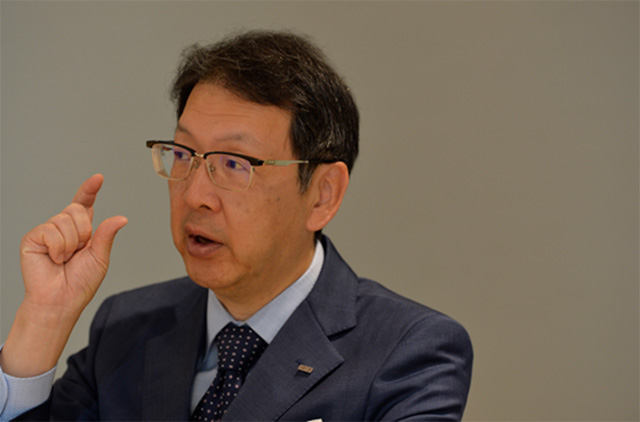
In fact, many companies around the world are eager to produce green ammonia, but the challenge lies in offering it at a price the market will accept. Green ammonia is produced using electricity generated from renewable sources, but there’s still potential to reduce the cost of renewable energy further if it can be produced in regions like the Middle East, Australia, or North America. We also expect the price of the electrolysis equipment needed for production to decrease over the medium to long term.
In order to stabilize the cost of fuel ammonia, it will also be important to expand the scale of production and supply globally, reducing both variable and fixed costs.
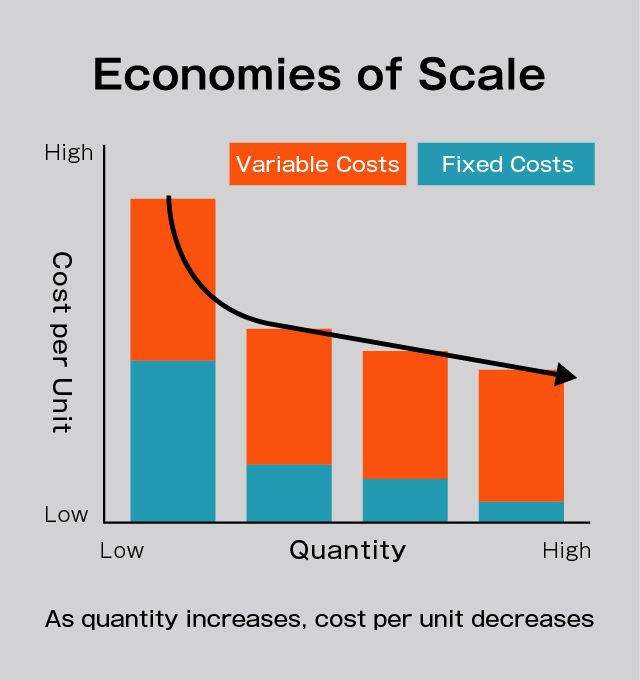
To achieve economies of scale, we believe we need to not only utilize ammonia ourselves but also develop a network of ammonia-using partners. We are forging alliances with the German energy company Uniper and with other Japanese power companies to expand our network of partners through collaboration on the technical development and business expansion of fuel ammonia.
Addressing Criticism that Ammonia “Extends a Lifeline to Fossil Fuels”
―――International understanding is a crucial part of establishing economies of scale. Do you think the criticism that ammonia extends a lifeline to coal-fired power generation will eventually subside?
This is a challenging issue. No matter where people are from, they tend to interpret other nations' efforts based on the context of their own country.
In Japan, the growing acceptance toward using ammonia as a fuel can be attributed to our past success in overcoming pollution issues and the fact that we lead the rest of the world in “greening” our thermal power plants. Among our domestic coal-fired power plants, virtually no facilities emit the billowing black smoke often associated with such plants.
In contrast, some foreign thermal power plants still emit such black smoke and struggle to efficiently remove sulfur oxides (SOx) and nitrogen oxides (NOx). When people with that image in their heads hear about burning ammonia in a coal-fired power plant, it often triggers an immediate rejection. Their perception changes, though, when they visit JERA's Hekinan Thermal Power Station, where we are moving forward with commercial demonstration testing of ammonia-fired power. They are often surprised and say, “Is this really a coal-fired plant? But there’s no smoke.”
Additionally, we've had issues with our messaging. The term “co-firing” of ammonia and coal has been misconstrued and failed to convey the transition from coal to clean ammonia. Our goal is to completely phase out inefficient, outdated coal-fired power plants and then to use the infrastructure of the remaining latest-model coal-fired plants, gradually transitioning them from coal to ammonia before eventually shifting entirely to ammonia and eliminating our use of coal. The key is to deliver that message clearly and with integrity.
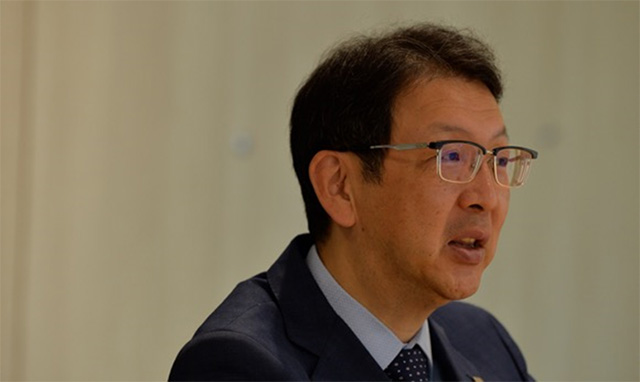
―――What do you think is the key to gaining understanding?
I think it will be essential to monitor and communicate the actual reduction in our CO2 emissions. We haven’t started yet, so there’s not much to do about it being dismissed as empty theory.
In March 2024, we will start demonstration testing of coal-fired power generation that replaces 20% of the fuel with ammonia. This means reducing coal use by 20%, so CO2 emissions during power generation are also reduced by 20%. By consistently monitoring and sharing these results, I believe we will gradually gain the understanding of those who are skeptical. In the future, we also aim to precisely calculate CO2 emissions during the manufacture of blue and green ammonia as well as during transportation.
An Organization Turns Headwinds into Tailwinds
―――What will the JERA roadmap look like after achieving commercial operation with 20% ammonia?
The first step will be to increase the ammonia utilization rate at Hekinan Thermal Power Station to 50% and then 60%. At the same time, we will deploy this ammonia fuel technology across our other coal-fired power plants. If we can demonstrate significant achievements here, I believe ammonia will be recognized globally as an effective tool for decarbonization. In addition to ammonia, we are also working on various other next-generation energy solutions in the leadup to 2050, including hydrogen, renewables, and storage batteries.
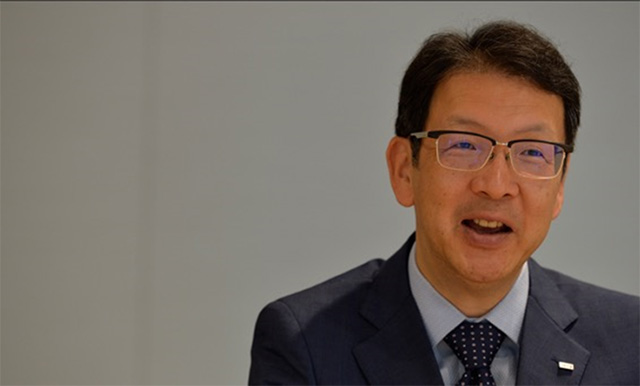
―――It’s clear you’re no longer just a thermal power generation company.
JERA’s mission is to provide cutting-edge solutions to the world’s energy issues. Since our inception, we have aimed to create a company that's flexible and agile, with a new culture capable of engaging globally.
Around 2020, as decarbonization became a global issue, the question of what solutions JERA would be able to offer became a top priority within the company. European players advocated for “100% renewable energy,” making this a global trend, but we concluded that a complementary combination of renewable energy and zero-emission thermal power was the way forward to enable all countries around the world to achieve both decarbonization and a stable supply of energy.
The challenge of balancing decarbonization with a stable energy supply is one that no country in the world has yet solved. When you introduce new options, you are often left fighting the headwinds of skepticism and pushback from the public. The key is to persistently innovate and communicate, transforming headwinds into tailwinds. If we can’t do that, it will be impossible to achieve both decarbonization and a stable energy supply, not just for Japan but for the world.
Produced by NewsPicks Brand Design
This article is based on a Japanese article produced by NewsPicks Brand Design, which is sponsored and translated by JERA.
https://newspicks.com/news/9134914
RELATED STORIES

【A Japan First】CO2 Emissions Free Thermal Power Generation Captures the Interest of the World
Japan’s largest coal-fired power station, Hekinan Thermal Power Station, is located about 40 kilometers south and …
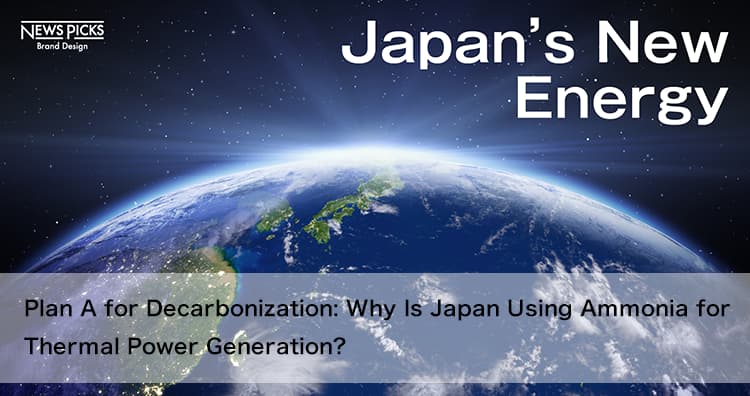
Plan A for Decarbonization: Why Is Japan Using Ammonia for Thermal Power Generation?
As JERA continues decarbonization efforts toward achieving zero CO2 emissions by 2050,…

The Zero-Emission Promise of Ammonia
One of these approaches is to start world-leading demonstration tests aimed at "zero-emission thermal power"…


